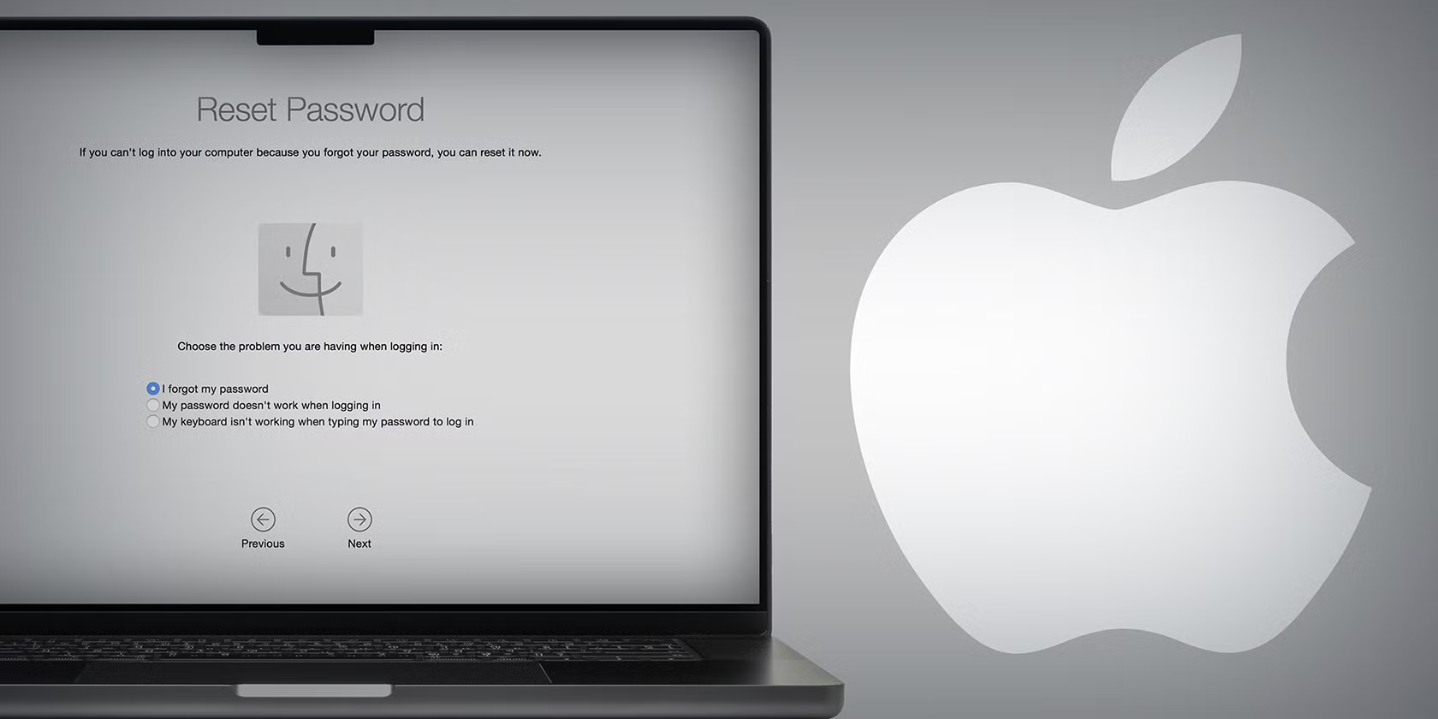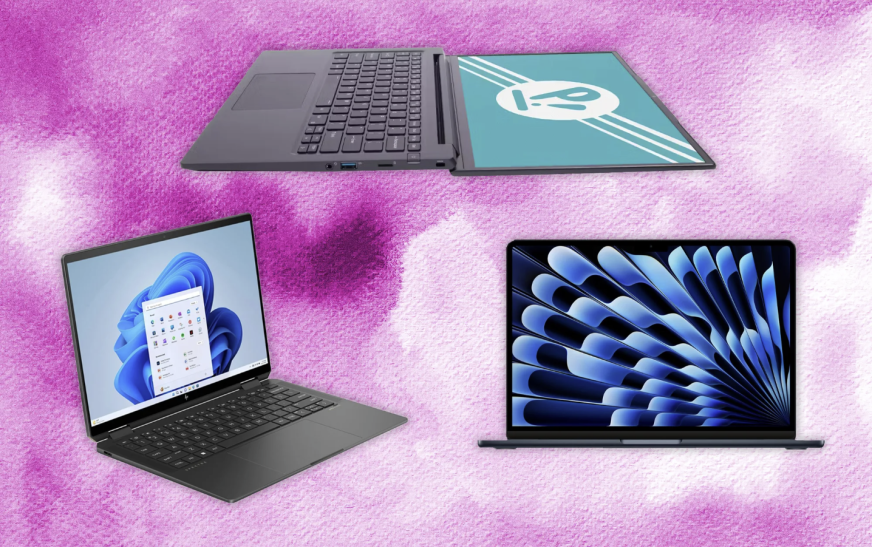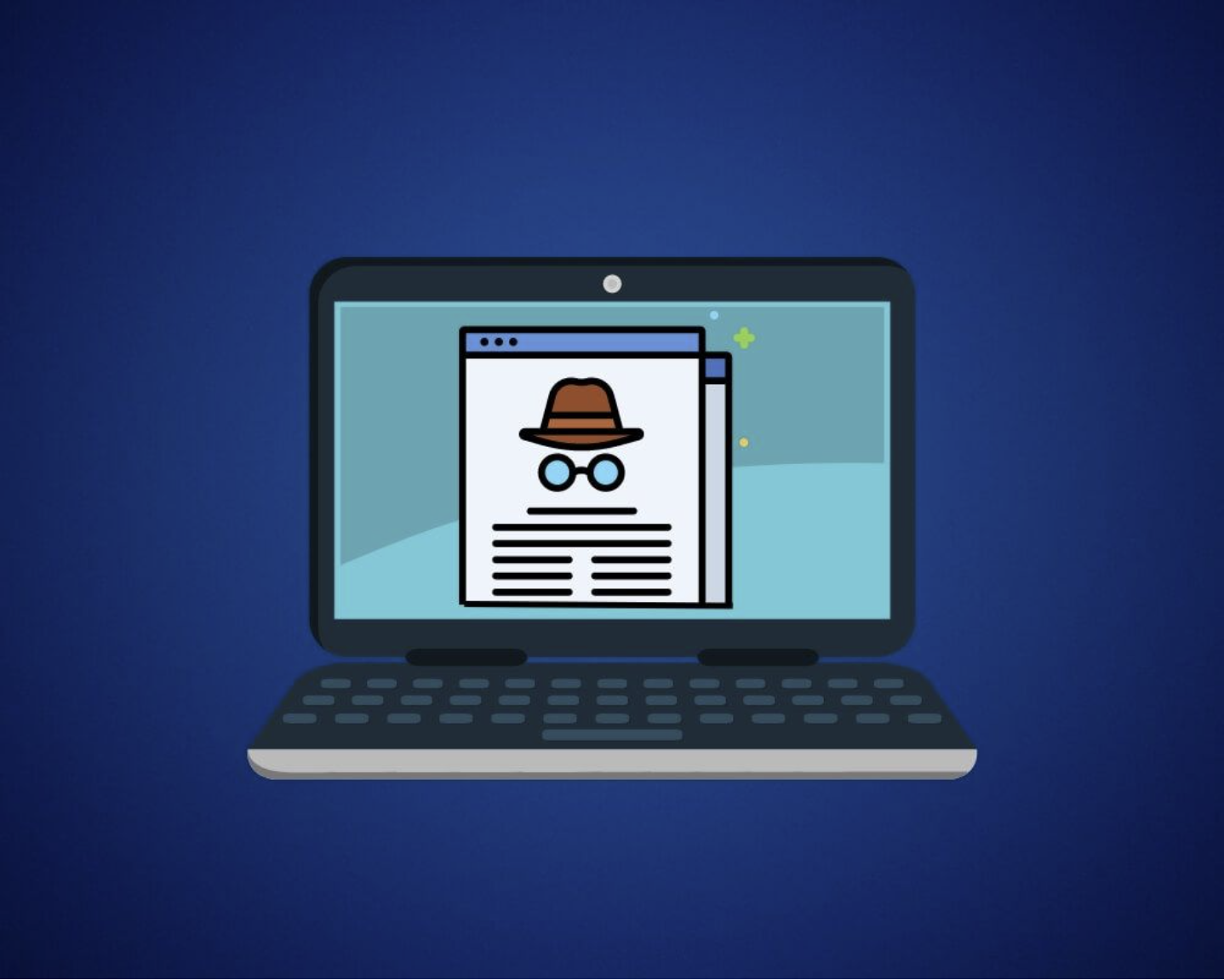
In today’s world, having a personal computer is both common and necessary. Technology has made it easier to manage sensitive information, but it also brings concerns about keeping that data secure. To protect your data, most computers use passwords or PINs. However, forgetting these credentials can be frustrating, especially when they’re needed to access important files. While some newer laptops use biometrics like fingerprints or facial recognition, passwords and PINs are still the most widely used methods. Microsoft’s login system has become more advanced, but forgetting your password is still a possibility. Fortunately, there are ways to recover access without immediately resorting to reinstalling Windows.
Basic Checks Before Taking Drastic Measures
Before considering a full reinstallation of Windows, start with the basics. One common mistake is accidentally pressing the Caps Lock key, which can jumble your password if it’s case-sensitive. Similarly, ensure the Num Lock key isn’t enabled, as it may cause you to type numbers when you intended to input letters.
Resetting Your Password
For Microsoft Account Users
If you’re using a Microsoft account to log in, resetting your password is straightforward. Head to the “Recover your account” page on Microsoft’s website, follow the prompts, and reset your password. After that, you can log in with your new credentials.
For Local Account Users
Resetting a password for a local account is a bit more complicated, but it’s still better than reinstalling Windows and losing all your data. To reset the password, your Windows version needs to be 1803 or earlier, which is an older version of Windows. If you’ve set up security questions for your local account, you’ll be prompted to answer them. After that, you can reset your password and regain access to your system. If the security questions aren’t visible, unfortunately, this can be a sign of a serious issue, and you might need to consider reinstalling Windows. Keep in mind, reinstalling Windows will erase all your data, so it’s essential to back up your files beforehand.
Using a Bootable USB or Disk
For older versions of Windows, such as Windows 7, there’s an administrator account that isn’t often used but can help in situations like this. You can use a bootable USB drive or disk to access the command prompt and enable the administrator account. Alternatively, you can trigger startup recovery by holding the power button as the Windows logo appears. When the system restarts, the recovery tool will run automatically. Once it detects the issue, click “View Problem Details,” which will open a text file. This step is crucial as it allows you to access the file explorer.
From here, navigate to the System32 folder. Change the file type to “All Files” and locate the “sethc” file. Rename it and copy the command prompt contents into a new file, saving it as “sethc.” After saving, restart your computer. When the login screen appears, press the Shift key five times to open the command prompt. Use the “net user” command to list all accounts, then choose the account you want to access and set a new password.
Using Password Reset Utilities
If all else fails, there are third-party utilities available online that claim to bypass or reset Windows passwords. While these tools are easily accessible, they should only be used if necessary, and only to recover your own data. This option is not recommended unless you have no other choice.
Conclusion
There are various ways to regain access to your computer if you’ve forgotten your password, ranging from simple password resets to more technical methods. These solutions should help you recover your device without having to resort to reinstalling Windows and losing your data. If you’re still having trouble, consider looking up tutorials or seeking professional help.













